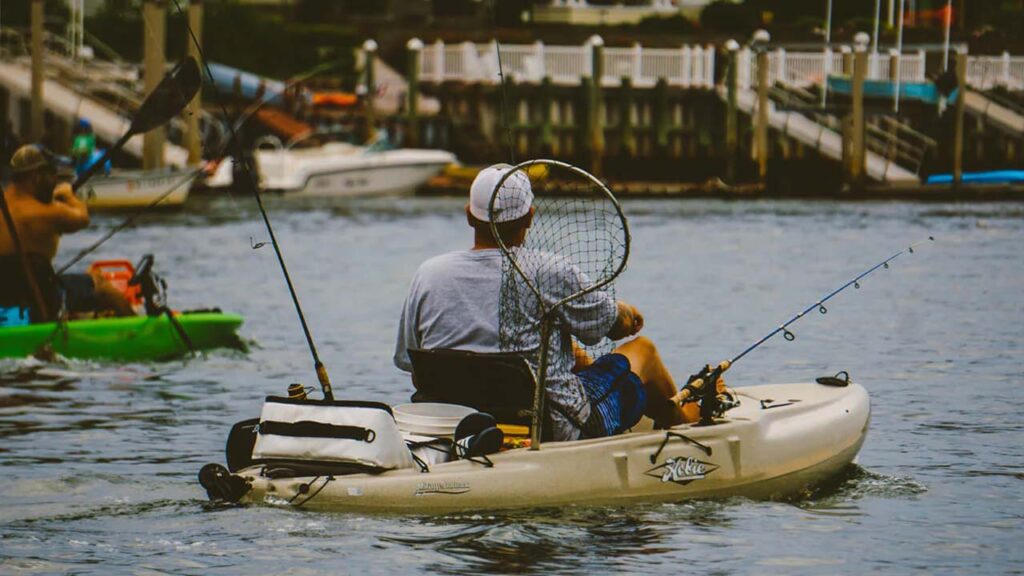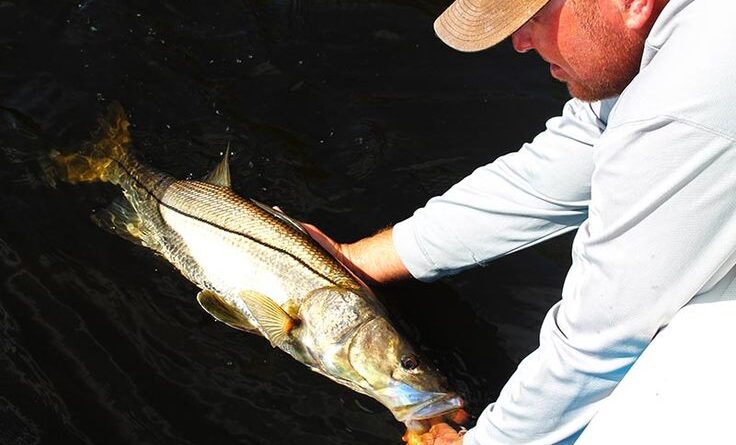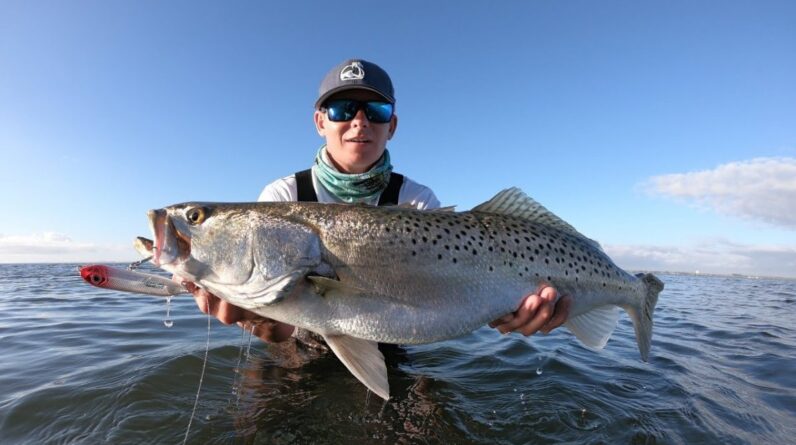Fishing kayaks are great for exploring shallow waters and finding bass that live and feed there. They only require a small amount of water to float, making them the ideal choice for navigating these areas. While it may be typical for many Canadian anglers to search for summer bass in deeper waters, I personally prefer fishing in shallower areas when I’m out in my kayak. Around 80 percent of the fish I catch are found between 6 inches and 4 feet deep. Finding shallow bays where you can locate fish and get close enough to catch them without scaring them off is what makes fishing truly enjoyable.

Make kayak more stealthy
There are two things that I believe are worth investing in for your kayak to make it as quiet and suitable for shallow water as possible.
Rubber insulation for your boots, fishing rods, paddle, and fishing gear. Kayaks are typically made of HDPE plastic, which is quite quiet. However, it can still be noisier if hard objects come into contact with the boat. The main cause of noise in a kayak is when you place your paddle down. Having a well-insulated space to receive the paddle will have the greatest impact.
Deck padding is commonly included in certain kayaks, such as the Coosa HD by Jackson Kayak, so you don’t have to worry about adding any yourself. However, you can make any kayak more stealthy by adding deck padding, which you can find at various stores that sell fishing kayaks or online.
Power-Pole Micro or Stakeout Pole – Drifting into the target area is something that will happen quite frequently if you don’t secure yourself. A stakeout pole that doesn’t require electricity and can be pushed into the water through the scuppers is very effective. However, if you want maximum security and the convenience of a remote control, nothing beats the Micro Anchor by Power-Pole.
Some boat techniques can help you get to the right spot and keep the fish interested in eating.
Try to spend as much time casting parallel to or in the middle of the target area as possible, making sure to keep the lures within the target area throughout the cast. This means potentially placing your kayak on top of fish, which, even in a fishing kayak, can startle them.
Method 1: Catching fish near the edges of vegetation
- Go ahead and fish in the shallower part of the water by anchoring your boat at a distance from the area you want to target.
- Once you have finished fishing one area thoroughly, move the boat into that area so you can cast parallel to the edge of the weeds or target zone. This way, you can cover more territory with potential catches on each cast. Being able to bring your boat close to the shore or into very shallow water and using your lures from there is one of the main advantages of using a kayak in the first place.
- After a few tries, move in one direction while staying close to the plants in the water. Move about half the distance of a full try, which will give you new fishing spots while still covering some of the same areas again.
Method 2: Fishing in areas with elevated spots and farther from the shore
- Begin at the outskirts of the designated fishing zone once more and carefully explore a specific spot, making three or four casts. This spot will be where you plan to dock your kayak once you’re done using it.
- Position yourself in the area where fishing has already taken place, ensuring that you have a wide range of shallow water to cast your line in all directions. If there is wind or current, make sure to anchor your boat securely.
- Start by selecting the most attractive cover and then manoeuvre around the kayak, with the goal of making long casts to increase your chances of catching the most fish. Catch a complete 360-degree spin around the kayak before changing your fishing bait, and then adjust the speed and type of bait for the second spin.
- Get ready to fish with a Swinging Sugar Buzzbait or a Texas rigged frog, preferably not a hollow one as you might lose a lot of fish. The blow-ups are hard to resist!
- Head towards the middle using a Strike King Naked Rage Blade or swim jig, and experiment with light and dark colours until you figure out a consistent strategy.
- Take it easy and give me one last full look around the area with a Senko, a lure that moves slowly. The Sexy Shad is rigged weightless to make a final pass at those elusive fish that are putting up a fight.
Technique 3: Starting in the front row of a race
Using the wind to position yourself is crucial, unlike bass boats that rely on trolling motors. Fishing against the wind can be quite frustrating when you’re in a kayak because you’re constantly battling against it. On the other hand, fishing with the wind is incredibly satisfying and enjoyable because you’re effortlessly moving in the right direction.
- When you’re planning to go fishing, make sure to start in a spot that is upwind of where you intend to go next.
- Expect to cast in the direction the wind is blowing 90 percent of the time.
- Make sure you have your Power-Pole Micro or Stakeout Pole ready, eh.
- Secure your kayak at a distance of about one fishing rod length away from the first target in the direction of the wind. Explore the region.
- Raise your anchor, let yourself drift, and then anchor it again once you have drifted to the next spot where you want to cast.
- Continue moving in the direction the wind is blowing until you no longer find any suitable fishing spots in shallow water.
- Move laterally to your next ideal location, or locate your next inlet or aquatic vegetation area.
Canoe Fishing with the wind at your back can be enjoyable, but if you don’t have an anchor and the wind is strong, you might find yourself moving too quickly to be successful. You’ll end up passing over the fish before you can catch them. Even if you’re using a fishing kayak, it can startle fish in shallow water when you accidentally pass over them. I’ve managed to catch quite a few bass in shallow water right under my kayak, but I’ve also noticed that the bigger ones tend to swim away quickly when I approach too quickly.
When you’re fishing for bass in Canada, it’s important to consider different spots where they might be hiding. Look for places with lots of vegetation underwater, like heavy areas of cover, laydowns, or a mix of different types of plants. However, don’t hesitate to cast your line in areas that may not seem obvious for bass. Sometimes, there could be hidden underwater structures or cover that you can’t see at first glance.
Enjoy exploring the shallow waters that are accessible only to you and where you can find some of the most exciting bass to catch. Bass that will go for lures on the water’s surface or just underneath it all day long are often the prizes for dedicated kayak anglers.






